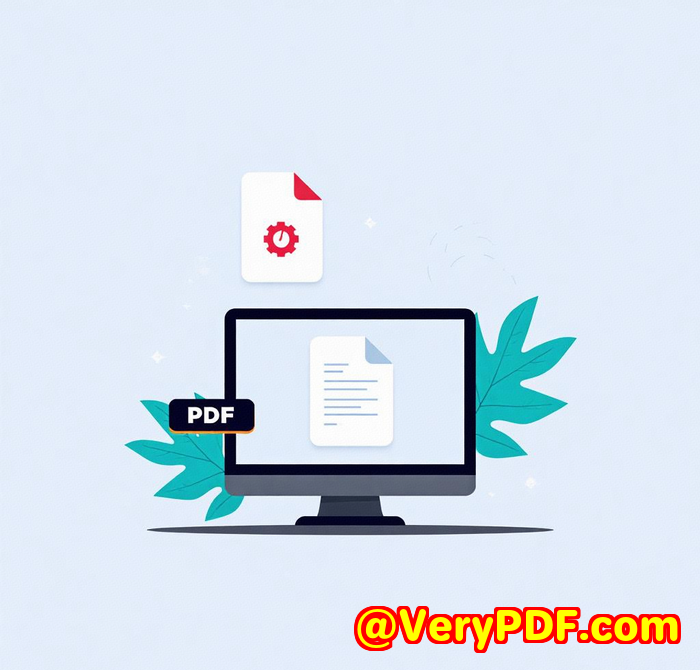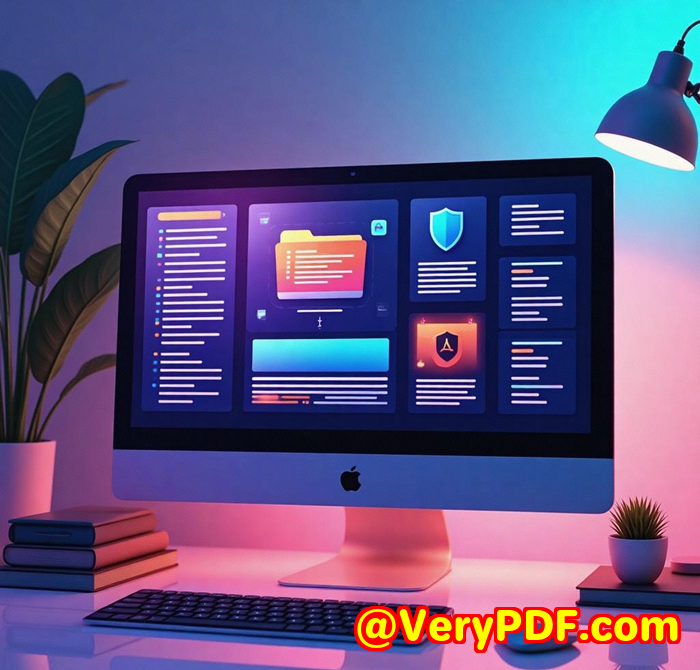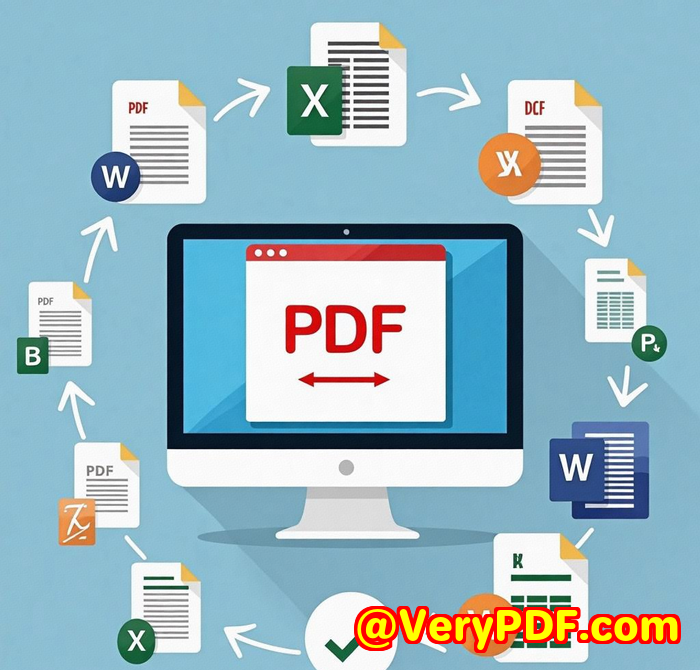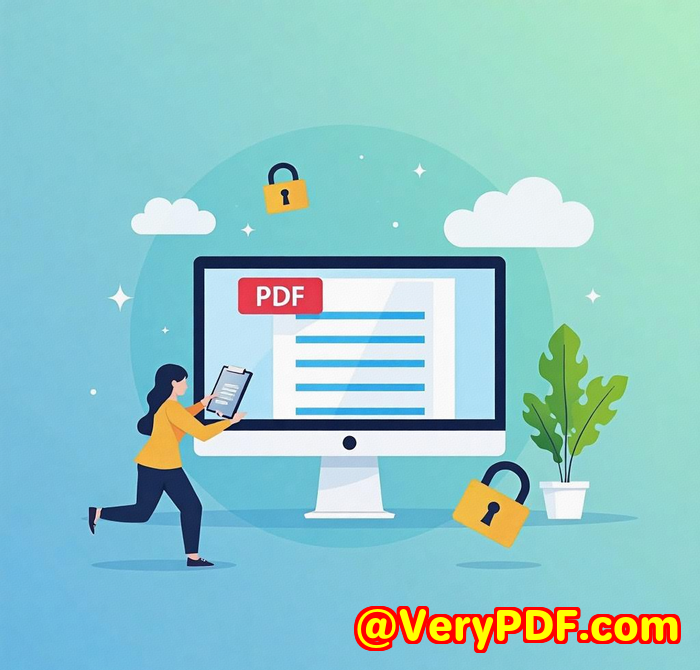VeryPDF vs SelectPDF Which API Offers More Developer-Friendly Documentation and Support
VeryPDF vs SelectPDF: Which API Offers More Developer-Friendly Documentation and Support
Meta Description:
Trying to pick between VeryPDF and SelectPDF? I tested bothhere's the real deal on which HTML to PDF API is easier for devs to use.
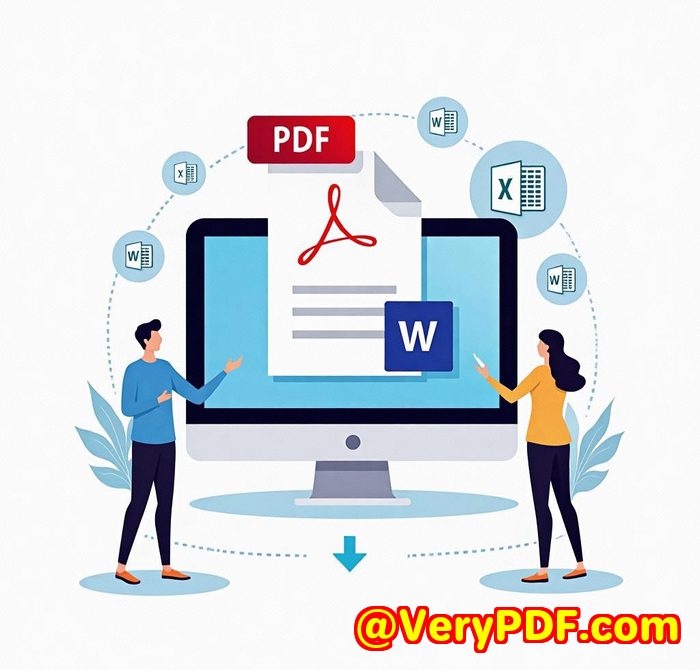
Every dev knows the feeling.
You get a task"Hey, can you convert this webpage to PDF on the fly for our invoice system?"
You Google it. Dozens of APIs show up. Some look promising until you dive into the documentation and feel like you've stepped into a swamp of half-baked examples, broken sample links, and vague error messages.
That was me two months ago.
I had to build a backend process to convert dynamic HTML content (some with embedded charts, others pulling in Bootstrap styles, even Tailwind layouts) into clean, high-quality PDF files for download. My shortlist came down to VeryPDF and SelectPDF.
And let me tell you, while both APIs technically get the job done, only one of them made my life easier.
What I Needed in an HTML to PDF API
-
Fast, reliable rendering with full CSS support
-
Ability to handle URLs and raw HTML
-
Custom headers and footers
-
Webhook integration
-
Easy auth, minimal bloat
-
Support that doesn't ghost you when you hit a bug at 2 a.m.
Pretty basic stuff, right?
Why I Gave VeryPDF Webpage to PDF Converter API a Shot
After battling with a clunky SelectPDF implementation for two dayswhere half my PDF output looked like a bad copy-paste jobI stumbled on VeryPDF Webpage to PDF Converter API.
Right off the bat, their site wasn't trying to woo me with overhyped buzzwords. Just a clean interface, clear examples, and a free test link that let me run a conversion in seconds.
This was the API endpoint I used:
http://online.verypdf.com/api/?apikey=YOUR_KEY&app=html2pdf&infile=https://example.com&outfile=result.pdf
Simple.
No SDK required.
No setup nightmare.
No "sign up first, then we'll maybe tell you how it works."
I was in.
How It Performed in Real Dev Scenarios
Let's break it down:
Rendering Power That Feels Like Chrome
Their engine uses a Google Chrome-based rendering layer, so it actually respects your CSS.
-
Tailwind? Works flawlessly
-
Bootstrap 5? Clean as you'd hope
-
Google Fonts? Rendered without a hiccup
-
Chart.js and dynamic JS libraries? No problem
In contrast, SelectPDF gave me random layout issues. Flex layouts collapsed. Embedded charts disappeared. No time to debug a black box.
Customization Without Drama
Headers, footers, page size, margin controlit's all built-in:
You don't need a wizard-level dev to make this work.
Plus, you can inject your own JS and CSS before rendering. This was a lifesaver for me when I needed to hide certain elements based on a query param.
Webhook Support for Scale
Need to convert 1,000 HTML docs per day?
Use their parallel conversion system with webhook callbacks to batch process and move on with your life.
No "contact sales" roadblocks. It just works.
Security That Doesn't Feel Tacked On
VeryPDF is HIPAA-compliant. No files are stored unless you opt in. This was a must-have for us since we handle client medical records.
And if you want to store outputs temporarily? Just send it to your S3 bucket straight from the API.
Compare that to SelectPDF, where I had to send an email just to get clarity on how long they store data. Yeah not great.
Documentation Showdown: VeryPDF vs SelectPDF
Here's where the difference really hits.
VeryPDF's docs were:
-
Short, clear, and gave examples right up front
-
Showed real URLs I could test instantly
-
Explained every optional parameter in plain English
-
Didn't bury important info three clicks deep
SelectPDF's docs?
-
Took me 10 minutes to find the parameter for margins
-
Had outdated samples in C# only
-
No real-world use case examples
-
Felt like it was written once and never updated
When you're in the middle of a deployment window and things break, documentation matters.
What Kind of Devs Will Love This?
-
Backend engineers automating invoice or report generation
-
SaaS builders generating previews or PDFs from user-generated content
-
Marketing teams auto-generating blog post banners for social
-
Agencies that need web snapshot tools for clients
-
Healthcare devs with HIPAA requirements
If you're writing raw HTML or pulling from dynamic pages and want beautiful, fast, clean PDFs without stress, this is for you.
Real Use Cases I've Pulled Off with It
-
Generated Open Graph images for 500 blog postsautomatically styled, exported, and stored
-
Created PDF reports from a React dashboard using Tailwind
-
Pulled web snapshots for legal compliance archiving
-
Built a "Save as PDF" button into a CMS with zero delay
And it took less than an hour to wire it all up.
TL;DR: Why I'm Sticking with VeryPDF
-
Fast integration
-
No-nonsense docs
-
Handles everything I throw at it
-
Support that replies within hours, not weeks
-
Tons of flexibility for custom needs
If you're choosing between VeryPDF and SelectPDF, and developer-friendliness is your #1 concern, go with VeryPDF Webpage to PDF Converter API.
I'd recommend it to any dev tired of wrestling with half-baked APIs.
Click here to try it out for yourself:
https://www.verypdf.com/online/webpage-to-pdf-converter-cloud-api/try-and-buy.html
Custom Development Services by VeryPDF
Need something extra? VeryPDF doesn't just offer toolsthey build custom solutions tailored to your stack.
Whether you're working with Python, C#, JavaScript, PHP, or deploying on Windows, macOS, or Linux, they can create:
-
Virtual printer drivers for PDF/image creation
-
Print job monitoring tools
-
File interception layers
-
OCR, barcode, and layout analysis engines
-
Secure document management and digital signature systems
-
Cloud-based conversion pipelines
-
Solutions for complex form processing, charting, and document generation
Their dev team knows PDFs inside and out.
Contact them at http://support.verypdf.com/ to talk about what you need built.
FAQ
Q: Can I test VeryPDF API without signing up?
Yes, just hit their public endpoint with an example URLno email required.
Q: Does VeryPDF store my files after conversion?
No, unless you specifically enable storage in settings.
Q: Is batch HTML to PDF conversion supported?
Absolutely. Use their webhook and parallel conversion features to do this at scale.
Q: How customisable is the PDF layout?
Fully. Inject your own CSS, JS, control margins, headers, footers, and even render delays.
Q: What happens if I exceed my API usage?
It'll keep going and charge overages based on your plan. No surprise cut-offs.
Tags / Keywords
webpage to PDF API
convert HTML to PDF online
VeryPDF Webpage to PDF Converter API
SelectPDF alternative
developer-friendly PDF API
Start with a dev tool that actually respects your time.
End your PDF headaches.
VeryPDF Webpage to PDF Converter API is the real deal.
